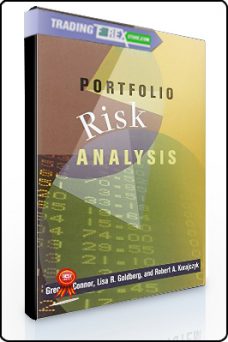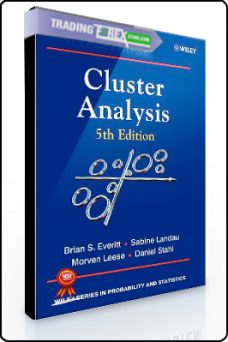Description
The WTC Part I covers three foundational aspects of Wyckoff analysis

Price Structural Analysis
The Price Cycle Recognition of institutional presence and activity throughout the entire Price Cycle: Accumulation, Mark-Up, Distribution and Mark-Down Behavioral Market Analysis Understanding the motivation and behaviors of different groups of market participants, including the Composite Operator, at different junctions within the Price Cycle Change of Character Identification of changes in behavior and the overall change of character from a trending to a non-trending environment and vice versa Wyckoff Phase Analysis Recognition of Wyckoff Phases within a trading range as timing tools Wyckoff Events Structural signals in a trading range — including climaxes, tests, springs, upthrusts, and signs of strength — that signal and confirm the emergence of Wyckoff Phases Re-accumulation vs. Distribution Distinguishing typical characteristics of these trading ranges in order to properly analyze Wyckoff Phases and Events

Supply and Demand Analysis
Supply and Demand Understanding the two forces that move all markets — this is the cardinal principle underlying the Wyckoff Method and several other approaches to technical analysis Effort (volume change) versus Result (price action) Confirmation (harmony) and failure (divergence) as technical analysis tools to predict future price behavior Volume and Spread Analysis (VSA) Bar-by-bar analysis of price and volume action to predict the most probable near-term move in market direction Volume and Swing Analysis Swing-by-swing analysis of price and volume action to help anticipate when and where the next large opportunity is likely to occur Volume Phase Analysis Identification of volume signatures characteristic of specific phases of accumulation and distribution trading ranges

Relative and Comparative Strength Analysis
Comparative Analysis Foundations of comparing multiple instruments to each other in order to gauge potential future outperformance Relative Analysis A modern tool for comparative analysis of different financial instruments and how to choose the best ones to trade Advantages of Relative Strength Understanding the benefits of applying relative strength analysis to select the best trade candidates, particularly at market turns Top-Down Analysis Introduction to top-down analysis of sectors, industry groups, and stocks



